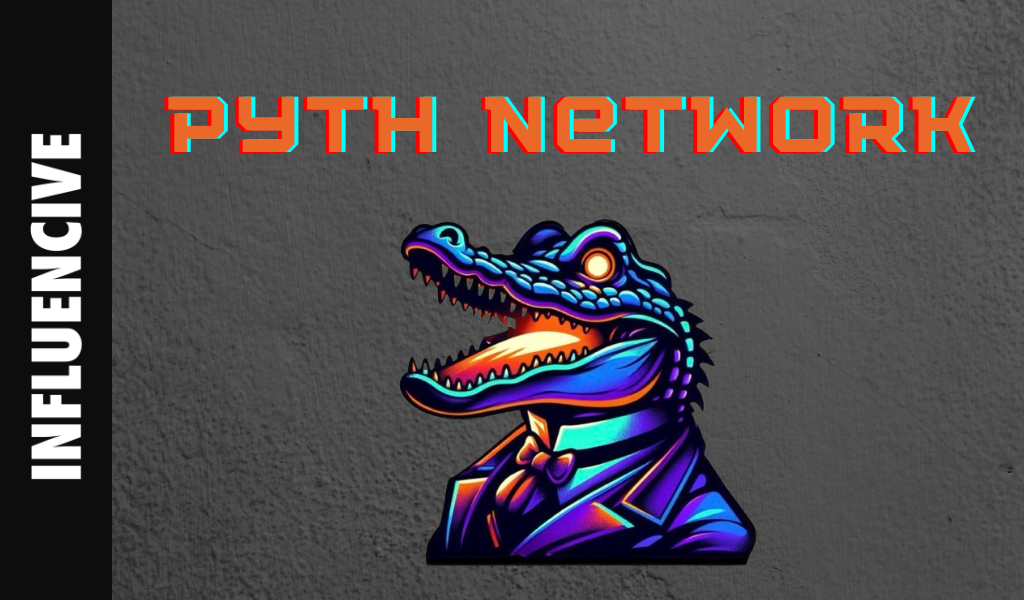As financial markets and blockchain technology increasingly intersect, the Pyth Network emerges as a pivotal innovation. Designed to democratize access to high-frequency financial data, Pyth connects the dots between TradFi markets and the DeFi sector. Let’s unpack Pyth Network’s mission, its unique cross-chain architecture, and how it stands to change the game for data in the crypto world.
Bringing Financial Market Data to DeFi
At its core, the Pyth Network is built to solve a fundamental problem: restricted access to live and historical financial data. Traditionally, this information has been the purview of a select few institutions. Pyth levels the playing field by incentivizing market players like trading firms and exchanges to share their wealth of data. This data is then aggregated and made available on-chain, offering invaluable insights for both on and off-chain applications.
The Mechanics of Pyth Network
Pyth operates on a unique model that serves two main groups: publishers, who provide the data and earn fees, and consumers, who use this data in smart contracts or decentralized apps (dApps) and pay for access. The heart of Pyth lies in its cross-chain architecture, primarily hosted on an appchain called Pythnet. This setup ensures that Pyth can deliver real-time prices across multiple blockchains efficiently and cost-effectively.
Cross-Chain Architecture
Pyth’s cross-chain functionality is a marvel of modern blockchain technology. Utilizing an appchain called Pythnet, it employs a proof-of-authority consensus where data publishers act as validators. This architecture allows for the seamless broadcast of data to various target chains via decentralized messaging protocols like Wormhole. It’s designed to minimize transaction costs, support rapid and frequent updates, and scale across numerous blockchains and price feeds.
 Update Mechanism and Fees
Update Mechanism and Fees
To access Pyth’s data, consumers pay a nominal fee per update, incentivizing a sustainable ecosystem. The protocol cleverly uses a “pull” model, where consumers request data updates as needed, ensuring efficiency and reducing unnecessary transaction costs across blockchains.
Governance and Tokenomics
Governance within Pyth is community-driven, with stakeholders deciding on critical aspects like fee structures, reward distribution, and listing new products. The Pyth token (PYTH) plays a central role in this ecosystem, with a distribution strategy designed to unlock tokens gradually, fostering long-term stability and growth.
Robust Against Manipulation
A significant concern for any financial oracle is security against manipulation. Pyth’s design includes mechanisms to mitigate potential attacks through malicious data publication or market manipulation. By aggregating data from diverse, reputable sources, Pyth ensures the reliability and accuracy of its feeds, making it a trustworthy source for critical financial decisions.

The Future of Pyth Network
As Pyth continues to evolve, its potential impact on the DeFi space and beyond is immense. By providing accurate, timely, and accessible financial data, Pyth empowers developers, traders, and institutions to make informed decisions. Its innovative cross-chain approach and robust governance model set a new standard for data oracles in the blockchain era.
Final Thoughts
The Pyth Network represents a significant leap forward in making real-world financial data accessible on the blockchain. By bridging the gap between traditional financial markets and the DeFi sector, Pyth enhances the capabilities of smart contracts/dApps and opens up new avenues for innovation and growth in the crypto space. As Pyth expands its reach and continues to refine its technology, the future looks bright for this groundbreaking project.
Cheers!
This is a Contributor Post. Opinions expressed here are opinions of the Contributor. Influencive does not endorse or review brands mentioned; does not and cannot investigate relationships with brands, products, and people mentioned and is up to the Contributor to disclose. Contributors, amongst other accounts and articles may be professional fee-based.

